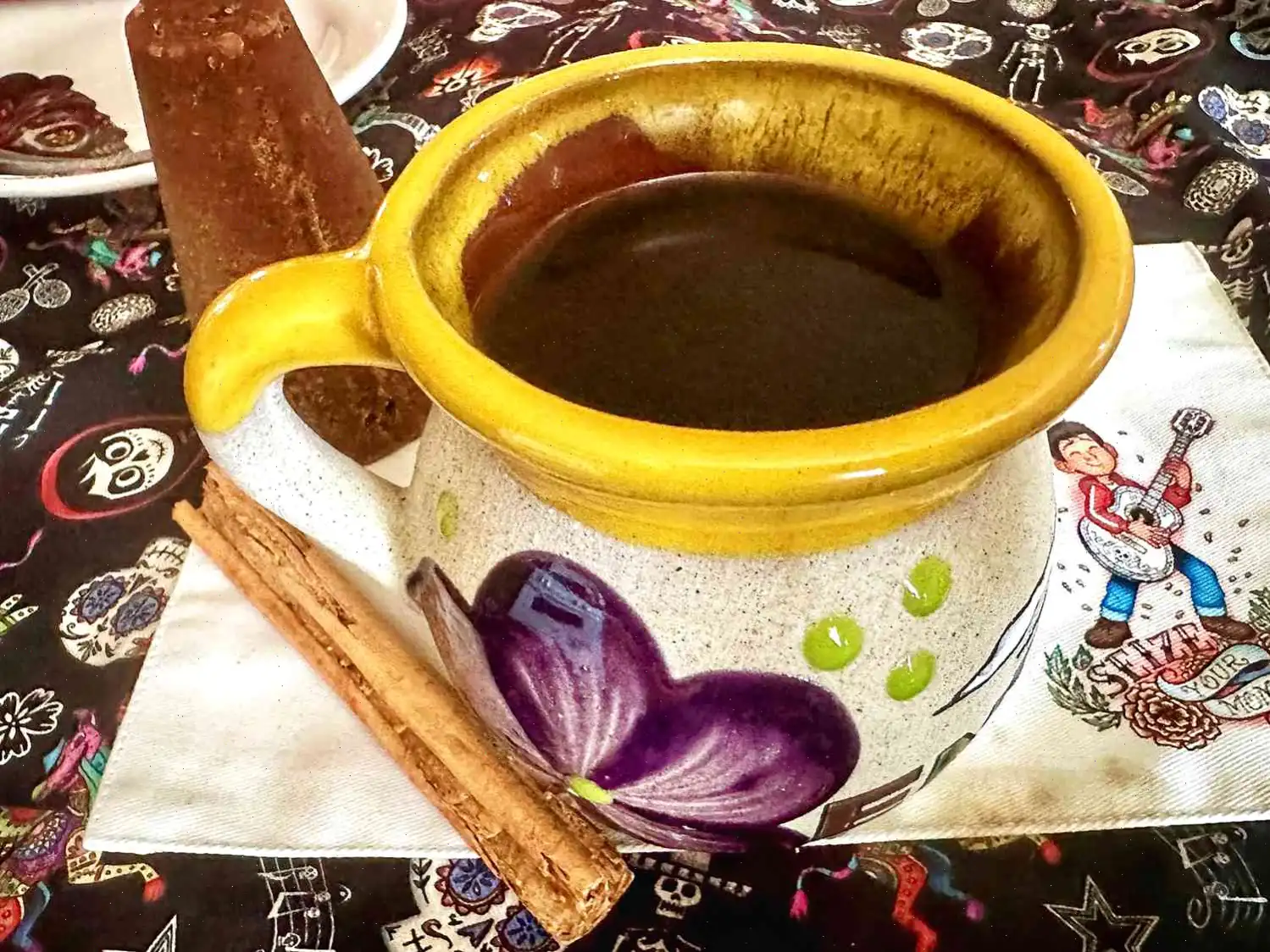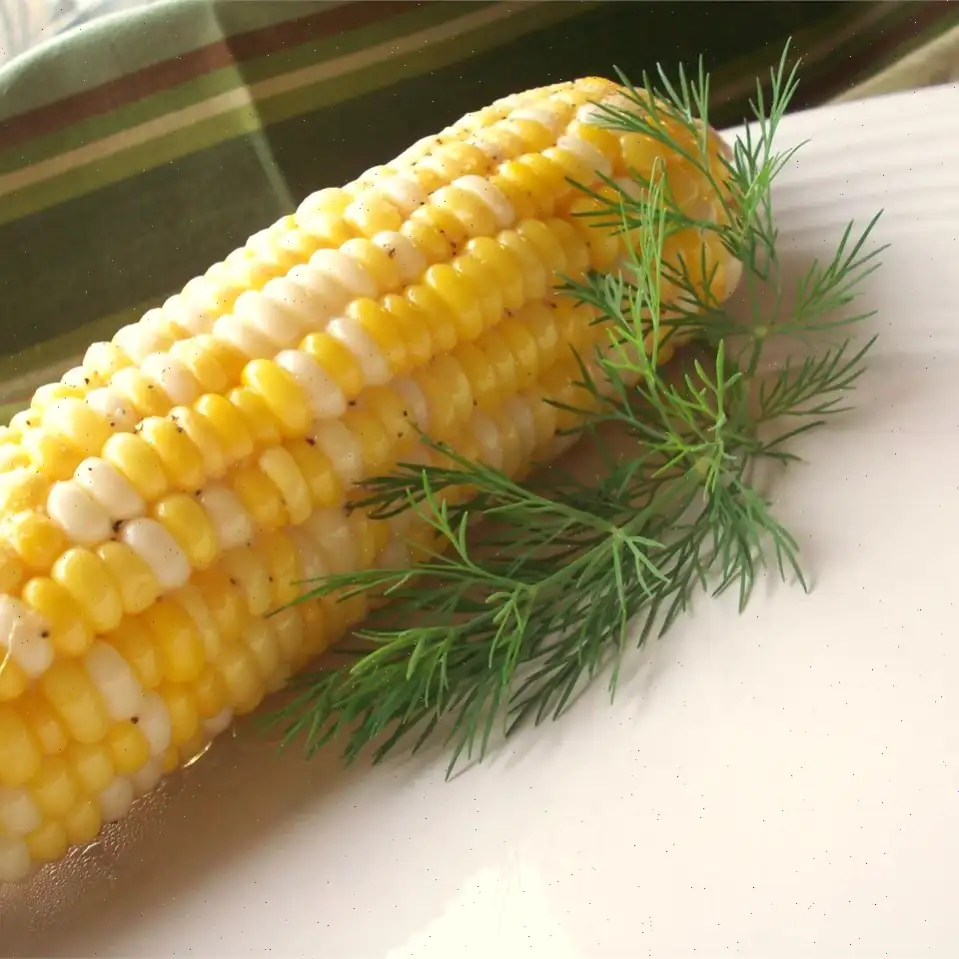
Easy Fermented Pickled Veggies Recipe
Pickled Vegetables with Mint
Yields: 16 servings
Ingredients
- 3 cups filtered water
- 3 3/4 teaspoons kosher salt
- 1 pound radishes (or other vegetables), trimmed, sliced or quartered if large
- 1 bunch fresh mint (or other herbs), stemmed
- 2 teaspoons Szechuan peppercorns (or other spices such as peppercorns and/or chiles)
- 3 cloves garlic, sliced
Directions
- To sanitize the jar, place a 1-quart wide-mouthed canning jar in a 6- to 8-quart pot and cover with tap water. You can also use multiple smaller jars. Bring the water to a boil and let it boil for 10 minutes.
- Using tongs, carefully remove the jar from the pot, allowing excess water to drain off. Let the jar cool slightly.
- Meanwhile, prepare the brine by stirring together the filtered water and kosher salt in a 1-quart measuring cup until the salt dissolves completely.
- Pack the jar with radishes (or other vegetables), mint (or other herbs), Szechuan peppercorns (or other spices), and garlic. Pack the vegetables tightly as they will shrink and soften as they pickle.
- Pour the brine over the vegetables, leaving some space at the top. You may have leftover brine.
- Add a fermenting weight or an inverted sanitized plastic lid to keep the vegetables submerged in the brine.
- Cover the jar with a kitchen towel and secure it with a rubber band. Let the jar sit at room temperature for at least 24 hours, or up to 3 days.
- During this time, you will notice bubbles forming in the jar. The vegetables will become more tart, and the brine will become cloudier the longer they ferment.
- After the desired fermentation time, remove the fermenting weight and screw on the metal lid.
- Refrigerate the pickled vegetables and consume within 3 weeks.
Variations
- Pickled Cucumbers: Use cucumbers, dill, and 2 dried chiles de arbol.
- Pickled Carrots: Use carrots, cilantro, and 2 tablespoons fresh jalapeo slices.
Nutrition Facts (per serving)
| Nutrient | Amount | % Daily Value |
|---|---|---|
| Calories | 7 | 0% |
| Total Fat | 0g | 0% |
| Saturated Fat | 0g | 0% |
| Cholesterol | 0mg | 0% |
| Sodium | 309mg | 13% |
| Total Carbohydrate | 2g | 1% |
| Dietary Fiber | 1g | 2% |
| Total Sugars | 1g | - |
| Protein | 0g | 1% |
| Vitamin C | 5mg | 5% |
| Calcium | 15mg | 1% |
| Iron | 0mg | 2% |
| Potassium | 80mg | 2% |
What the Dietitian Says: Probiotics, which help support a healthy microbiome by boosting beneficial gut bacteria, can be found in some fermented foods, including these refrigerator pickles. While heat-treated jarred pickles do not offer the same benefits, these fermented vegetables can enhance your sandwiches, salads, and snacks with a delightful crunch and tang. - Kathryn Hendrix, RDN, LD

Recipe by: Kathryn Hendrix, RDN, LD
Introduction
Fermented pickled vegetables are a delightful, crunchy, and tangy addition to any meal. Not only do they add a burst of flavor, but they also offer beneficial probiotics that support digestive health. This simple recipe for Easy Fermented Pickled Veggies makes it easy to prepare a variety of vegetables for fermenting in your own kitchen. The process requires minimal effort but provides maximum taste, perfect for enjoying with salads, sandwiches, or as a standalone snack.
History and Origin
The art of pickling dates back thousands of years, with its roots in ancient civilizations such as Mesopotamia and Egypt. Pickling was originally a preservation method, allowing people to store vegetables and fruits for long periods, especially during times when fresh produce was not available. Fermentation, the process that involves the conversion of sugars into acids by beneficial bacteria, has been a common method of preservation across various cultures worldwide. In the modern world, fermented vegetables are popular for their probiotic content, which supports gut health and the microbiome.
Regional Variations
Pickled vegetables are enjoyed worldwide, with distinct regional flavors. In the United States, the process of fermenting vegetables is often used in making pickles, such as cucumbers or radishes, which are typically flavored with dill, garlic, or mustard seeds. In Eastern Europe, particularly in countries like Poland and Russia, pickled cabbage (sauerkraut) is a staple, often served alongside hearty meats. In Asian cuisines, pickled vegetables such as kimchi in Korea or Japanese pickles (tsukemono) incorporate ingredients like ginger, chili, and sesame seeds, offering a more robust, spicy flavor. The Easy Fermented Pickled Veggies recipe offers a customizable approach, allowing the use of herbs and spices unique to the cooks preference, making it a versatile base for different regional flavors.
Differences from Similar Dishes
Fermented pickled vegetables differ from traditional pickles or those in vinegar brine in one major way: they are made through a natural fermentation process rather than using heat or vinegar. This fermentation process encourages the growth of healthy probiotics that can support gut health. In contrast, conventional pickles are usually heated to preserve them, which destroys the beneficial bacteria. The flavor profile of fermented pickled vegetables is also more complex, with tangy and sometimes slightly fizzy notes, thanks to the lactic acid produced during fermentation. In contrast, vinegar-based pickles tend to have a sharper, more acidic taste.
Where They're Served
Fermented pickled vegetables are commonly served as a side dish or condiment. In the United States, they are often paired with sandwiches, burgers, and salads, adding a tangy crunch. In Korea, kimchi is an integral part of almost every meal, served with rice, soups, and stews. In Eastern Europe, pickled vegetables are frequently served alongside meats, particularly in dishes like sausages or roasted pork. The versatility of fermented pickled veggies makes them suitable for a variety of culinary settings, from casual meals to festive feasts.
Interesting Facts
- Fermented foods are rich in probiotics, which are beneficial bacteria that can improve gut health and digestion.
- Fermentation has been used for thousands of years not only to preserve food but also to enhance its nutritional value and flavor.
- The process of fermentation can create natural carbon dioxide, which is why you may see bubbles forming in your jar of pickles.
- Fermented pickled vegetables can be stored in the refrigerator for up to three weeks, allowing you to enjoy them long after the initial preparation.
Conclusion
Easy Fermented Pickled Veggies are a simple yet flavorful way to introduce probiotics into your diet. Whether you're enjoying them as a snack or incorporating them into your main dishes, these tangy, crunchy vegetables provide both taste and health benefits. With a variety of regional influences and an easy preparation process, this recipe is a must-try for anyone looking to add a fermented twist to their meals.








